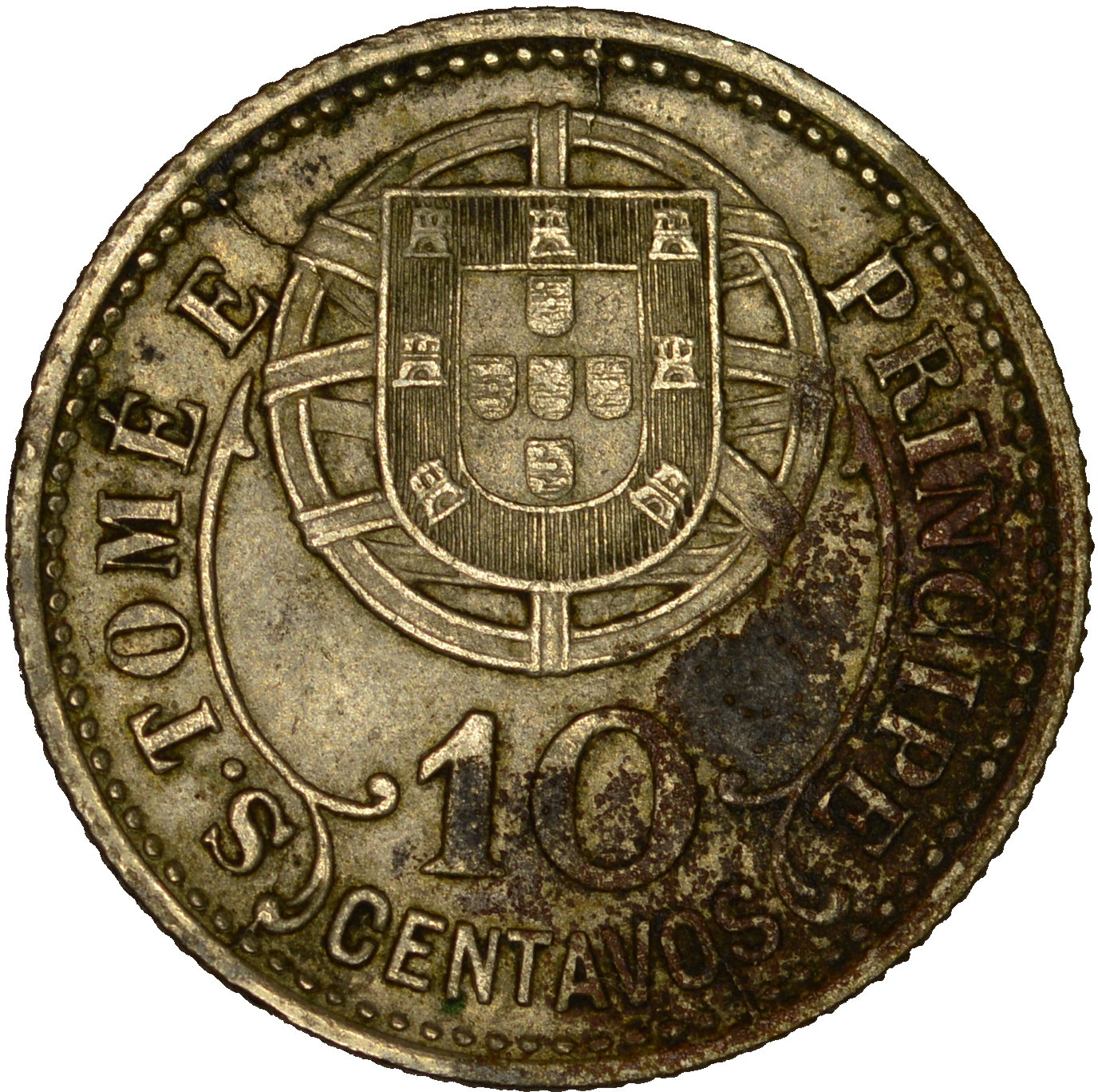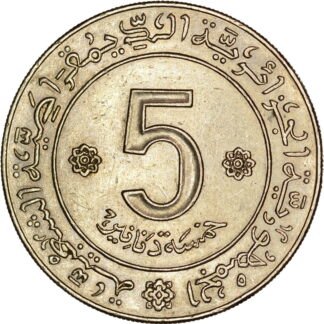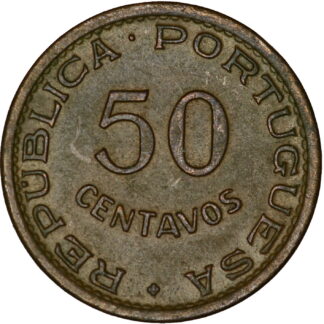Description
The islands were not inhabited when the Portuguese arrived around 1470. These considered that they were good bases for trade with the continent, creating a settlement in 1493. Initially, most of the settlers were “undesirable” of the Peninsula, and especially Jews , which found the appropriate volcanic lands for sugarcane cultivation. For 1515 it was already a slave node, and with the opening of a cane mill that same year, the sugar industry multiplied, demanding more labor. For the middle of the s. XVI had become a fundamental node in slave traffic, although the island itself was quite liberal with blacks and mulattos, allowing manumission and political participation and promotion in the social scale. Although the planting economy imposed, distorted this situation later. Since the end of the XVI, the competition of other sugar producers began to harm the islands, passing the economy to be mainly through the slave trade. In the 19th century with the growing prohibition of slave trade, coffee and cocoa were introduced, which were well in the islands, occupying the plantations of these products the entire useful land. By 1908, Santo Tomé had become one of the world”s largest cocoa producers. Despite the prohibition of slavery in the Portuguese colonies in 1876, in practice it continued to exist in the islands, with plantations carried by Portuguese corporations, or absent landscapes. In 1951, within the Policy of the State Novo to avoid the independence of the colonies, it would become a Portuguese overseas province.







Reviews
There are no reviews yet.